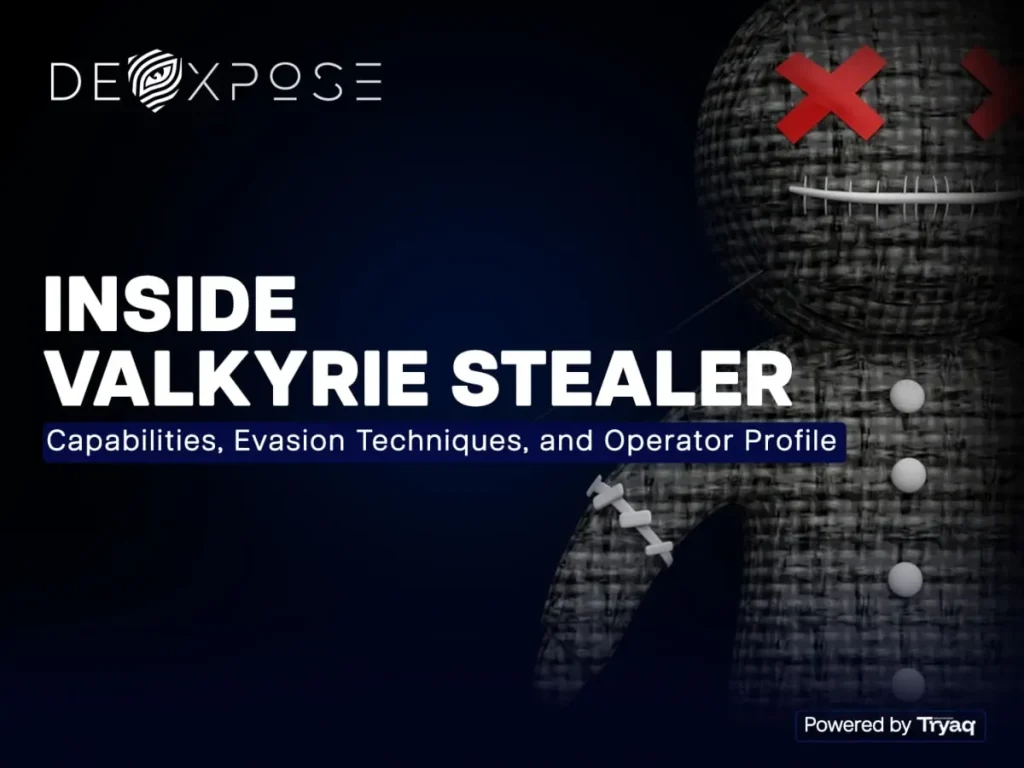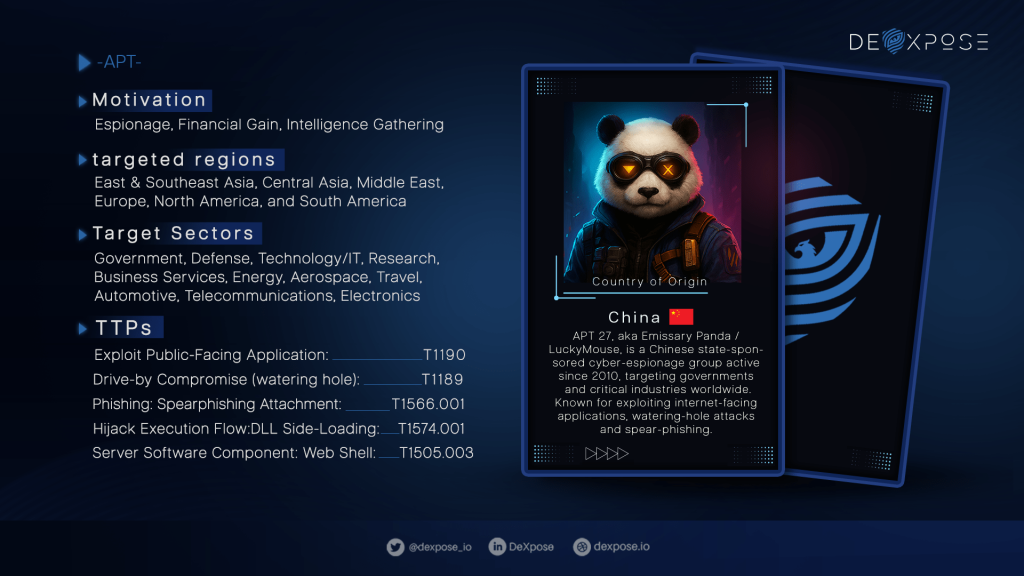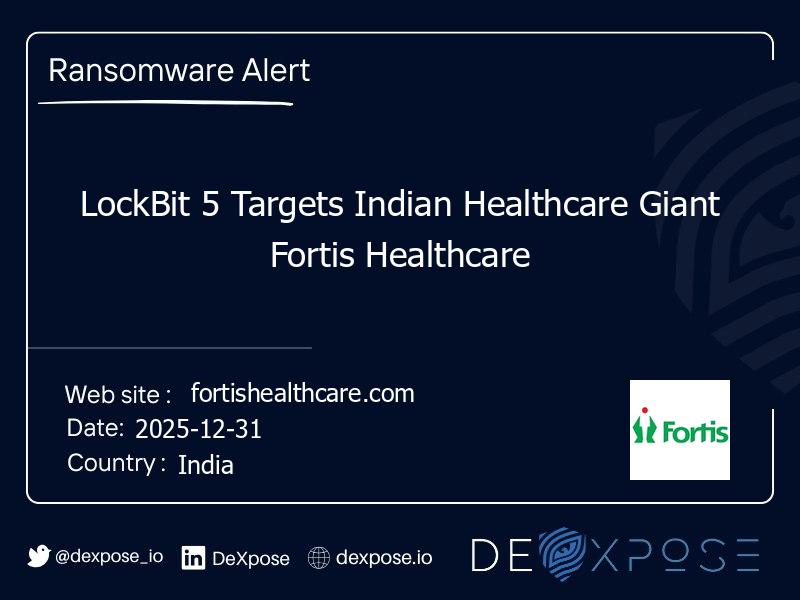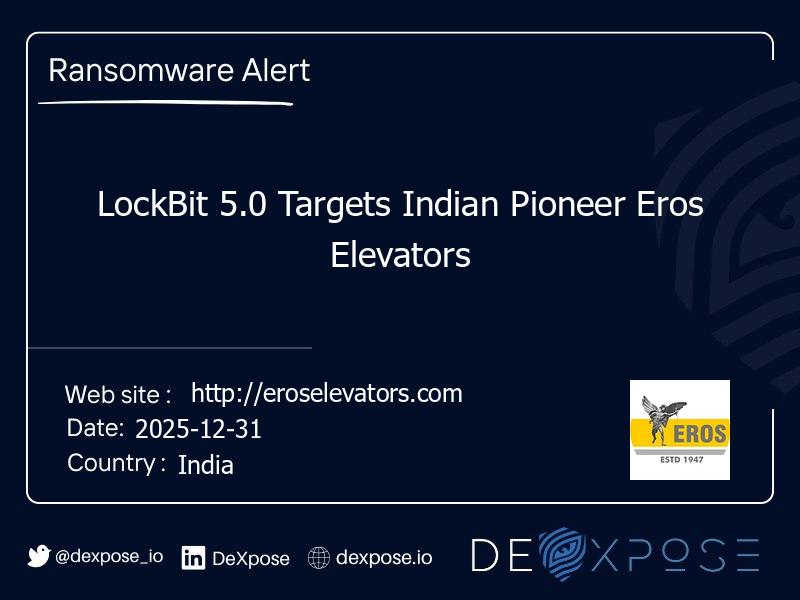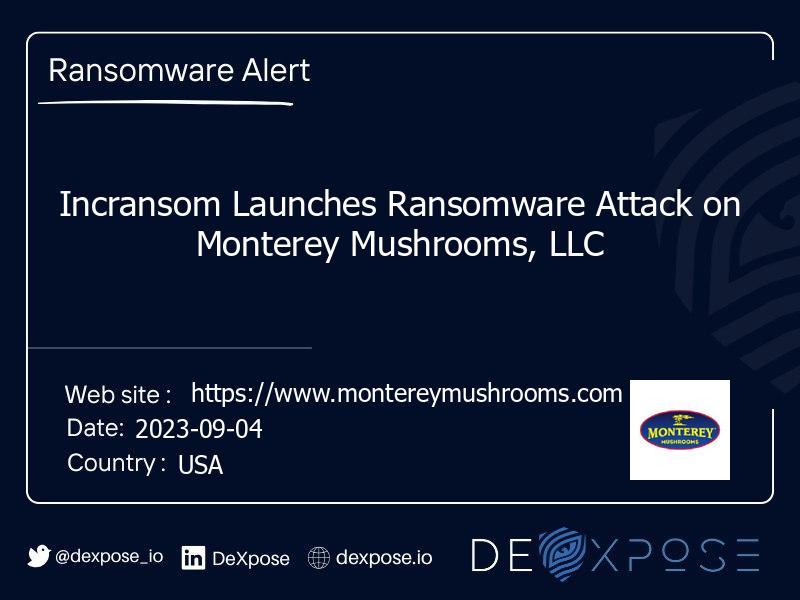In recent years, ransomware has evolved from a rare cyber nuisance into one of the most disruptive and costly forms of cybercrime. In 2025, the number of ransomware incidents continues to climb, with attackers targeting everything from multinational corporations to hospitals, schools, and small businesses. The financial impact can be devastating, but the real damage often extends beyond lost money — business downtime, stolen data, and reputational harm can linger for years.
Understanding how to protect from ransomware attacks isn’t just an IT department’s responsibility anymore. Every employee, partner, and stakeholder plays a role in preventing an attack. This guide will take you beyond generic tips, offering a deep, structured approach that integrates prevention, detection, and recovery strategies tailored for the modern threat landscape.
Understanding Ransomware: The Threat Landscape in 2025
What is Ransomware?
Ransomware is malicious software that denies access to a system or encrypts data, demanding payment to restore it. While it sounds simple, today’s ransomware operations are highly professionalized. Many run as Ransomware-as-a-Service (RaaS), where criminal developers lease their malware to affiliates who carry out attacks for a share of the profits.
How It Works
- Infection: Usually through phishing emails, malicious downloads, or exploiting vulnerabilities in unpatched systems.
- Encryption: The ransomware silently encrypts files, often also stealing data before locking it.
- Ransom Demand: Victims receive a note demanding payment, often in cryptocurrency, for a decryption key.
- Extortion: Modern ransomware gangs use “double” or “triple” extortion, threatening to leak stolen data or attack again.
Common Variants in 2025
- LockBit – Known for rapid encryption and targeted attacks on enterprises.
- Medusa – Aggressive data theft before encryption.
- Akira – Often aimed at small-to-mid-sized businesses.
- Clop – Specializes in exploiting zero-day vulnerabilities in enterprise software.
Why Ransomware Prevention is More Critical Than Ever
Paying a ransom is risky — there’s no guarantee you’ll get your data back, and doing so can even encourage further attacks. Moreover, regulatory frameworks in many countries now require public disclosure of ransomware incidents, which could harm trust and market position. Prevention offers the best defense, and it must combine technology, policies, and human behavior.
Step-by-Step Strategies to Protect Against Ransomware
1. Strengthen Your Backup Strategy
Why it matters: Backups are your lifeline after an attack. Without them, recovery may be impossible without paying the ransom.
How to do it:
- Follow the 3-2-1 rule: three copies of your data, on two kinds of storage, with one copy offline.
- Test backups regularly — a backup that can’t be restored is useless.
- Store at least one backup copy in a physically separate location or on immutable storage.
2. Keep Systems and Software Updated
Why it matters: Many ransomware attacks exploit known vulnerabilities.
How to do it:
- Enable automatic updates where possible.
- Maintain an asset inventory so you know every system and application that needs patching.
- Prioritize security updates for internet-facing services and software with known exploits.
3. Deploy Multi-Factor Authentication (MFA)

Why it matters: MFA makes it significantly harder for attackers to use stolen credentials.
How to do it:
- Apply MFA for all remote access, email accounts, and admin logins.
- Use app-based authenticators or hardware keys instead of SMS codes, which can be intercepted.
4. Enhance Email Security and Awareness
Why it matters: Email remains the number one entry point for ransomware.
How to do it:
- Use advanced spam filters with attachment and link scanning.
- Implement DMARC, SPF, and DKIM to authenticate inbound and outbound email.
- Conduct simulated phishing campaigns and training sessions to build a security-aware culture.
5. Invest in Endpoint Detection and Response (EDR)
Why it matters: EDR tools can detect and isolate ransomware before it spreads.
How to do it:
- Choose solutions that provide real-time monitoring, threat intelligence, and automated response.
- Ensure your security team or managed service provider actively monitors EDR alerts.
6. Apply the Principle of Least Privilege
Why it matters: Limiting access reduces the damage an attacker can do.
How to do it:
- Grant users only the permissions they require to perform their role.
- Regularly review and revoke unused accounts or permissions.
- Separate admin accounts from regular user accounts.
7. Segment Your Network
Why it matters: Network segmentation can prevent ransomware from moving laterally across your environment.
How to do it:
- Isolate critical servers and databases from user-facing systems.
- Implement VLANs and firewalls to control access between segments.
8. Monitor the Dark Web for Stolen Credentials
Why it matters: Many ransomware campaigns start with stolen usernames and passwords purchased on underground forums.
How to do it:
- Use dark web monitoring services to identify exposed accounts early.
- Reset passwords immediately if credentials are found in leaks.
9. Build a Tested Incident Response Plan
Why it matters: Speed is crucial in containing a ransomware outbreak.
How to do it:
- Define clear roles, communication channels, and decision-making protocols.
- Include steps for isolating infected systems, notifying authorities, and engaging forensics teams.
- Run tabletop exercises to practice your plan under simulated attack conditions.
Recognizing Early Warning Signs of a Ransomware Attack
- Unusual network traffic or large volumes of data transfers to unfamiliar destinations.
- Users are reporting that files have been renamed or are suddenly inaccessible.
- Security tools detect known ransomware file extensions or ransom note files.
- Unexpected account lockouts or password changes.
Early detection can make the difference between containing an incident and suffering a full-scale breach.
Real-World Case Study: A Manufacturing Company’s Recovery
In late 2024, a mid-sized manufacturing firm was hit by the Akira ransomware. Thanks to segmented networks and daily offline backups, they restored 95% of operations within 48 hours without paying a ransom. However, their biggest lesson came from post-incident analysis — the attack originated from a supplier’s compromised VPN credentials. As a result, they added mandatory MFA for all third-party connections and improved vendor security assessments.
Emerging Trends in Ransomware Defense

- Zero Trust Architecture – “Never trust, always verify” is becoming standard, reducing the attack surface.
- AI-Powered Threat Detection – Machine learning models can detect abnormal behaviors faster than traditional tools.
- Immutable Backups in the Cloud – Cloud providers are introducing features that make backups tamper-proof.
- Ransomware Insurance Scrutiny – Insurers now demand proof of preventive measures before issuing coverage.
Practical Ransomware Prevention Checklist
- Maintain 3-2-1 backups and test them regularly.
- Apply security patches promptly.
- Use MFA for all critical accounts.
- Train employees on phishing awareness.
- Deploy EDR and monitor it actively.
- Limit user permissions.
- Segment critical systems.
- Monitor the dark web for credentials.
- Have an incident response plan in place.
Conclusion
Ransomware attacks are no longer just random events — they are well-planned operations run by professional criminal groups. Protecting against them requires more than a single solution; it demands a layered approach combining technology, process, and people. By following the strategies outlined here, organizations can significantly reduce the risk of falling victim to ransomware and respond effectively if the worst happens.
At Dexpose, we believe security is never “done.” Stay vigilant, keep learning from new threats, and ensure your defenses evolve as quickly as the attackers do. Protecting your data and systems today means safeguarding your organization’s future.
Frequently Asked Questions (FAQs)
1. Can antivirus software alone stop a ransomware attack?
Antivirus tools can block many threats, but modern ransomware often bypasses them. A layered defense with backups, MFA, and employee training is essential for real protection.
2. Should I pay the ransom if my files are encrypted?
Paying is risky—there’s no guarantee you’ll recover your data, and it may encourage further attacks. Always explore recovery options and consult cybersecurity experts before deciding.
3. How often should I back up my data to stay safe from ransomware?
Daily backups are ideal, especially for critical systems. The more frequently you back up, the less data you risk losing in an attack.
4. What is the most common way ransomware gets into a network?
Phishing emails remain the top entry point, followed by exploiting unpatched software vulnerabilities and using stolen credentials purchased on the dark web.
5. Is ransomware only a problem for large organizations?
No—small businesses and individuals are frequent targets because attackers know they often have weaker defenses and are more likely to pay to recover data.

